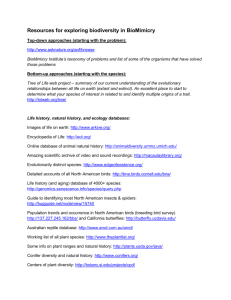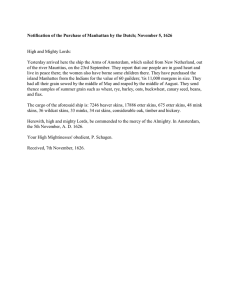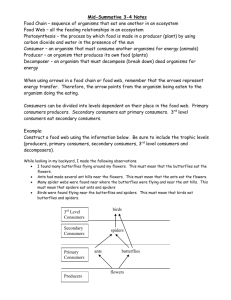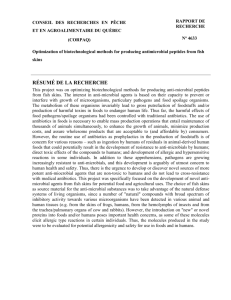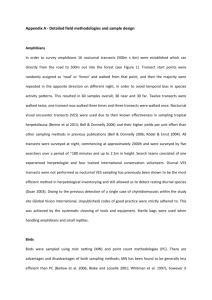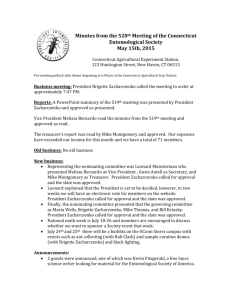Andrea Roe - Bergen Community College
advertisement
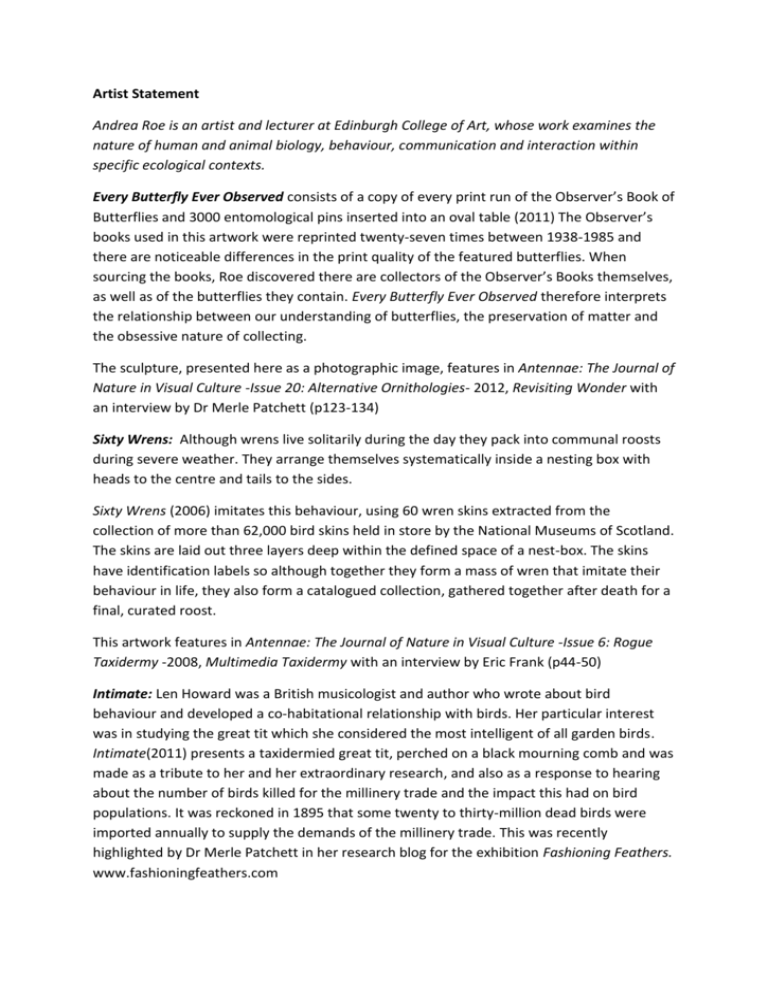
Artist Statement Andrea Roe is an artist and lecturer at Edinburgh College of Art, whose work examines the nature of human and animal biology, behaviour, communication and interaction within specific ecological contexts. Every Butterfly Ever Observed consists of a copy of every print run of the Observer’s Book of Butterflies and 3000 entomological pins inserted into an oval table (2011) The Observer’s books used in this artwork were reprinted twenty-seven times between 1938-1985 and there are noticeable differences in the print quality of the featured butterflies. When sourcing the books, Roe discovered there are collectors of the Observer’s Books themselves, as well as of the butterflies they contain. Every Butterfly Ever Observed therefore interprets the relationship between our understanding of butterflies, the preservation of matter and the obsessive nature of collecting. The sculpture, presented here as a photographic image, features in Antennae: The Journal of Nature in Visual Culture -Issue 20: Alternative Ornithologies- 2012, Revisiting Wonder with an interview by Dr Merle Patchett (p123-134) Sixty Wrens: Although wrens live solitarily during the day they pack into communal roosts during severe weather. They arrange themselves systematically inside a nesting box with heads to the centre and tails to the sides. Sixty Wrens (2006) imitates this behaviour, using 60 wren skins extracted from the collection of more than 62,000 bird skins held in store by the National Museums of Scotland. The skins are laid out three layers deep within the defined space of a nest-box. The skins have identification labels so although together they form a mass of wren that imitate their behaviour in life, they also form a catalogued collection, gathered together after death for a final, curated roost. This artwork features in Antennae: The Journal of Nature in Visual Culture -Issue 6: Rogue Taxidermy -2008, Multimedia Taxidermy with an interview by Eric Frank (p44-50) Intimate: Len Howard was a British musicologist and author who wrote about bird behaviour and developed a co-habitational relationship with birds. Her particular interest was in studying the great tit which she considered the most intelligent of all garden birds. Intimate(2011) presents a taxidermied great tit, perched on a black mourning comb and was made as a tribute to her and her extraordinary research, and also as a response to hearing about the number of birds killed for the millinery trade and the impact this had on bird populations. It was reckoned in 1895 that some twenty to thirty-million dead birds were imported annually to supply the demands of the millinery trade. This was recently highlighted by Dr Merle Patchett in her research blog for the exhibition Fashioning Feathers. www.fashioningfeathers.com
